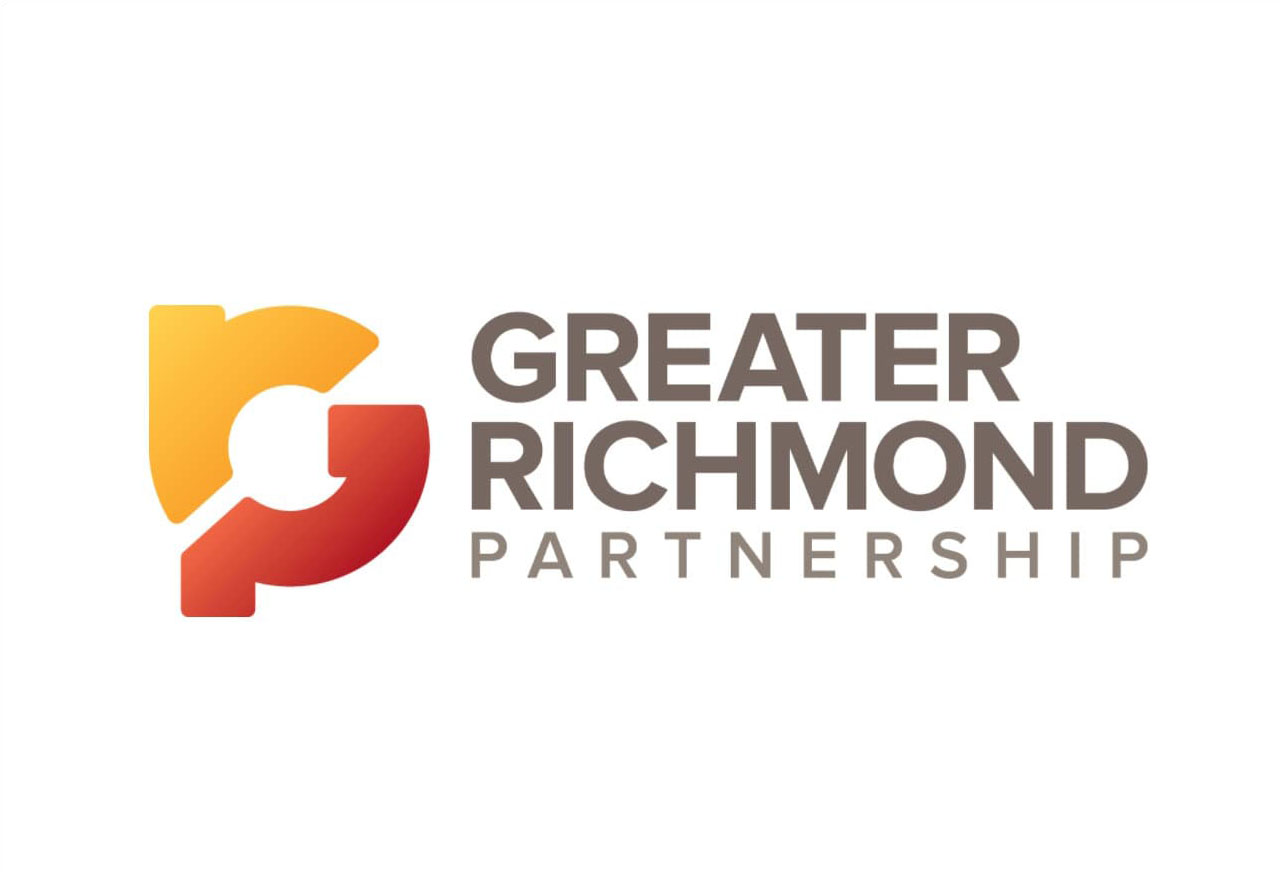
News
News | 5 min read
September 30, 2013

On Oct. 29, the Capital Region Collaborative will deliver the first public presentation of a long-anticipated “action plan” defining ways to improve the economic vitality, social stability and quality of life across the nine localities composing Greater Richmond.
The plan advances the collective wisdom of hundreds of volunteers, seven formal work groups, a guiding coalition of government and business representatives, and the invited suggestions from you, the residents of the Richmond Region.
A week ago Friday, the two groups with the toughest assignments sharpened their conclusions in a second appearance before the 36-member Collaborative.
Healthy Community and Social Stability officially joined Quality Place, the James River, Regional Coordinated Transportation, Job Creation and Workforce Preparation as the seven priorities that now have confirmed aspirations, goals and specific strategies to offer.
Readers of Sunday Commentary and the news pages of the Richmond Times-Dispatch have received regular updates about the Capital Region Collaborative.
You’ve followed the various findings, the exchanges with organizations already working on solutions, and the emerging next steps flowing from the priorities that were established after an estimated 8,000 people participated in community meetings and a dedicated regional survey.
You can expect to see the Regional Action Plan as well after it is presented next month in the Lipman Theater at J. Sargeant Reynolds Community College’s Parham Road campus, from 6 to 8 p.m.
In the meantime, it’s worth noting that the process to develop the action plan is fostering a renewed environment for collaboration in Richmond, so much so that it could emerge as a contemporary value of the region. Here are at least five observations from the many hours of open, on-the-record deliberations:
The Collaborative has become a forum to address issues that extend beyond a city or county line without threat to smart efforts already underway. And it has become a method for government, business and the community to identify issues, set priorities and, yes, continue to collaborate on progress. It’s been anything but a top-down exercise.
Richmond lacks a set of regional vital statistics that the entire community can track in a transparent, easy-to-understand way. Data exist but are scattered. A frequent response to the work groups after they presented their findings has been: “How are you going to measure that recommendation?”
A defined Richmond Region scorecard would help us assess where we are winning, where we are losing and where we are just breaking even. A solution is in the works here through the Richmond Region Planning District Commission.
In my opinion, it would be a mistake to build a massive bureaucracy atop all of the priorities in some sort of new regional organization. The Capital Region Collaborative has shown orchestration can occur with very little cost. (You do need someone to coordinate the vision and action plan’s many activities.) Rather, setting up coalitions for each priority allows the effective groups to continue and the gaps to be addressed. The middle can pull up solutions and push up new challenges.
Several pronouncements have been suggested for Richmond; some are retreads, some are new. It’ll be good to see if the Regional Action Plan can speak for itself and cause an inspirational vision statement to naturally emerge through consensus, lighting up the skyline. We’ll see.
When finished , the Regional Action Plan, in itself, will be an accomplishment.
But the real heavy lifting is ahead.
We can do it.
Copyright Richmond Times-Dispatch. Used by permission.